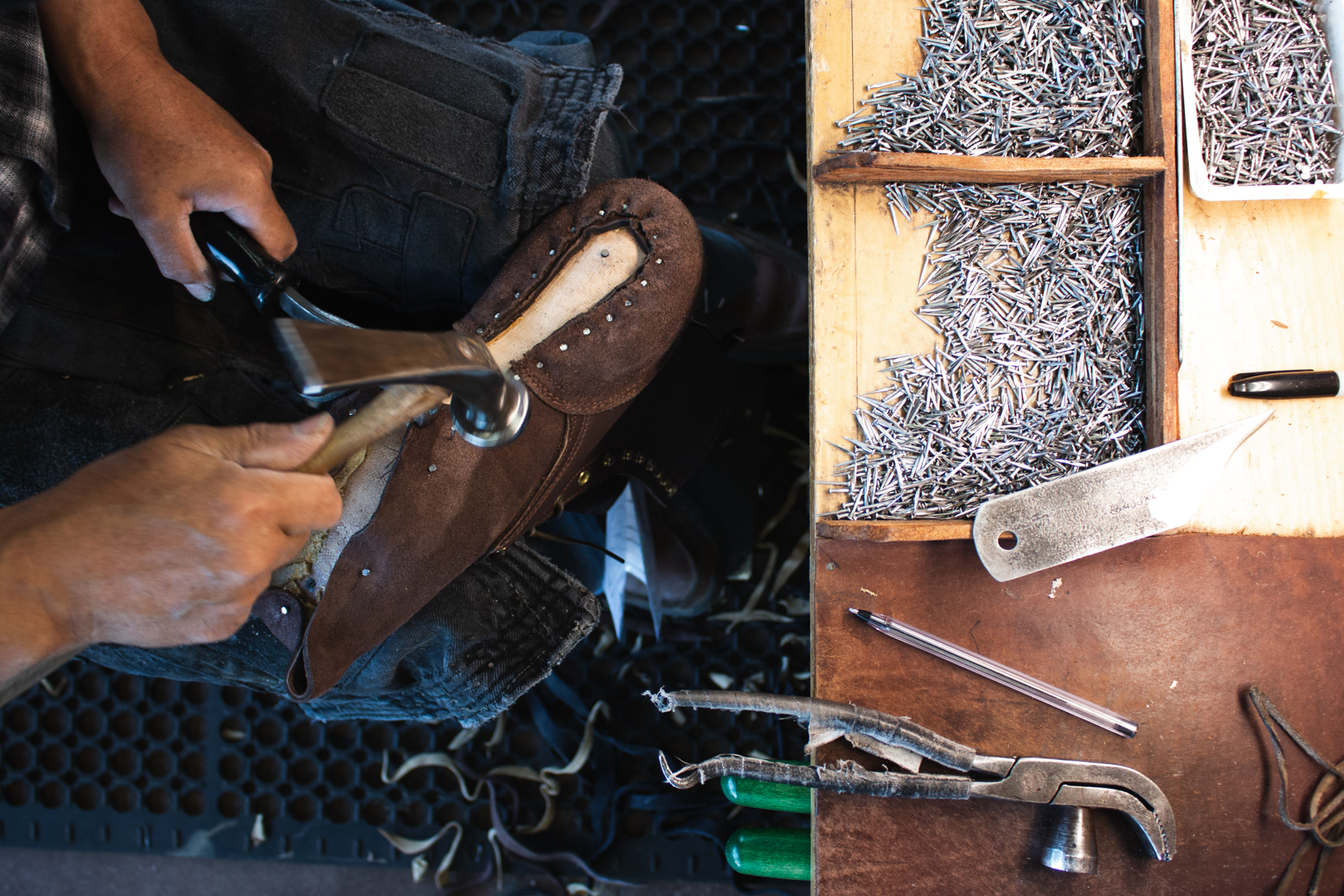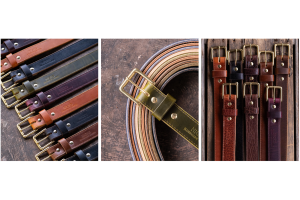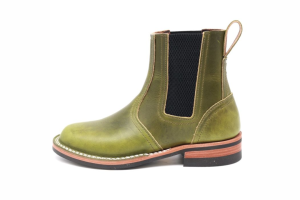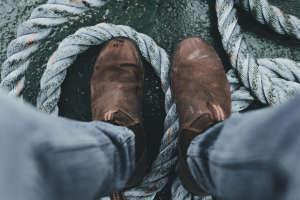Where Do Most Leather Boot Makers Compromise?

Obviously, leather boots are offered at multiple price points. Whether it's work boots or more fashion-oriented boots you're looking at, you're going to notice a bunch of different companies' boots that look the same at various price points.
The best work boots will probably cost you $400 to $600. You might see some comparable boots in terms of how they look for a lot less...maybe even a tenth of that amount.
So what's the difference? What sets the top tier of boot makers apart...and what do the low and middle-tier of boots companies compromise on to meet their price point?
We can't speak for any one individual product, and we aren't going to say that they're ripping people off or giving anyone less than value for price paid, or that you can't find a very decent set of work boots that are affordable. What we can tell you is the differences in various aspects of construction and materials that are common to low- and middle-tier products.
Less Leather And More Synthetic Material
One of the most common is less leather in the boot and more synthetic materials.
What's common with a lot of welted boots at lower price points is to have a rubber or other synthetic welt (the strip around the outside edge of the boot) rather than a leather welt, which you'll find on mid- to upper-tier boots of welted construction.
Another area where synthetic materials are opted for over natural materials is in the footbed. To save on cost, a lot of lower tier boots will have fiberboard or hard foam instead of leather or cork, which we'll get into again shortly.
Synthetic materials are almost always lower cost than natural ones. While there are plenty of instances where a synthetic material is better in the real world, the only instance in footwear is pretty much the outsole. A few pennies of savings per boot is potentially hundreds of thousands of dollars in annual costs, which makes a difference if you're trying to meet a particular price point.
The Leather Itself: Thickness, Tanning Method, All Make A Difference In Making Work Boots
Then you have the leather itself.
Most leather boots are made with chrome-tanned leather. Chrome-tanning doesn't mean inferior quality in and of itself, but it is true that chrome tanning is faster and cheaper than vegetable tanning. That means some chrome-tanned leather will be used because it's good enough and meets a price point, rather than perfectly satisfying the bootmaker's needs.
A lot of low- and middle-tier boots have thinner leather than upper-tier ones will. A lot of boots below, say, the $300 price point will be made from 4-5 oz leather, rather than 5-6 oz leather. While it will feel softer to the touch (because it's thinner) they will lack in support in the ankles.
Ever hear how some boots feel like a sneaker? That's because they barely have any structure above the footbed. Thinner leather is often a reason for it.
While you can certainly expect quality leather to soften with age, it's not supposed to get too soft.


Lower Cost Boots Have Lower Cost Footbeds
The support that your feet need from a pair of work boots comes from the footbed, the structure underneath the upper that your foot sits on top of. The end user would actually be better off if boot companies made cheaper uppers with quality footbeds, but unfortunately it's the reverse that tends to be the case.
The highest-quality boots, whether work or heritage boots, have an all-leather footbed. A leather insole over a cork filling can also give you a very decent structure for the footbed, but that is getting rarer.
Most of the middle- and lower-tier of work boots and fashion boots have footbeds made of high-density foam and/or fiberboard, which is leather scraps that have been shredded to powder and reconstituted with adhesive to make a kind of board-like material.
Making boots with cheaper materials in the footbed doesn't make a difference...at first. However, the footbed will compress a lot faster and much farther, usually to the point where the boot doesn't offer the comfort and support that it should...so you'll have to replace them faster.
You're also not likely to have the option of a factory rebuild, either. So you pay less upfront...but you'll probably pay more in the long run with more frequent replacement.
Toe Lining And Counter Covers
Two seemingly minor parts of boot construction - the toe box lining and the heel counter cover - are also frequently compromised in the quest to make a pair of boots for less.
Now some boots don't have a toe lining; there's just the leather of the toe box, and in that case you don't have anything to worry about. In others, the lining is a delicate cloth that starts to come apart almost immediately.
The heel counter is a piece of material on the inside of the heel, with a cover stitched over it. The counter itself is often fiberboard or - in some brands - literally cardboard, with the cover stitched over it. Fiberboard counters aren't the worst thing in the world, but can be a bit flimsy in the long run; leather counters with leather cover are best.
That can matter more than you might think. For any practical footwear, you want a solid heel structure to support the heel and stabilize the ankle. It's not the most important thing if you wear boots to the office, but it matters a lot to people who work on their feet outdoors.
And you know what? Boots you wear to the office should be made well, too.


Fewer Factory Services For Your Leather Boots
Another area where other bootmakers compromise is factory support.
Obviously, there just isn't going to be the same level of factory repair or other services for a pair of boots that barely costs more than a pair of Nikes, but at a certain point you should have a way to get the footbed rebuilt if needs be.
A good number of mass-market boot companies do offer some services in this regard, such as resoling and other minor repairs but rarely more than that and often with a lot of requirements for having the work done. If the boot isn't in almost like-new condition, some rather large manufacturers won't touch it.
If you're investing in a pair of boots that you trust to help you make a living, or that you want to appreciate because they look and feel great to wear, it stands to reason that you'd want to have them for a long time! Not being able to have them resoled or the footbed rebuilt by the factory just seems wrong, especially since models come in and out of product catalogs all the time.
So if you're after more of a "buy once, cry once" investment rather than getting a disposable good...take a look at what their service policies are. Often enough, a cheaper price point usually means less factory support.




